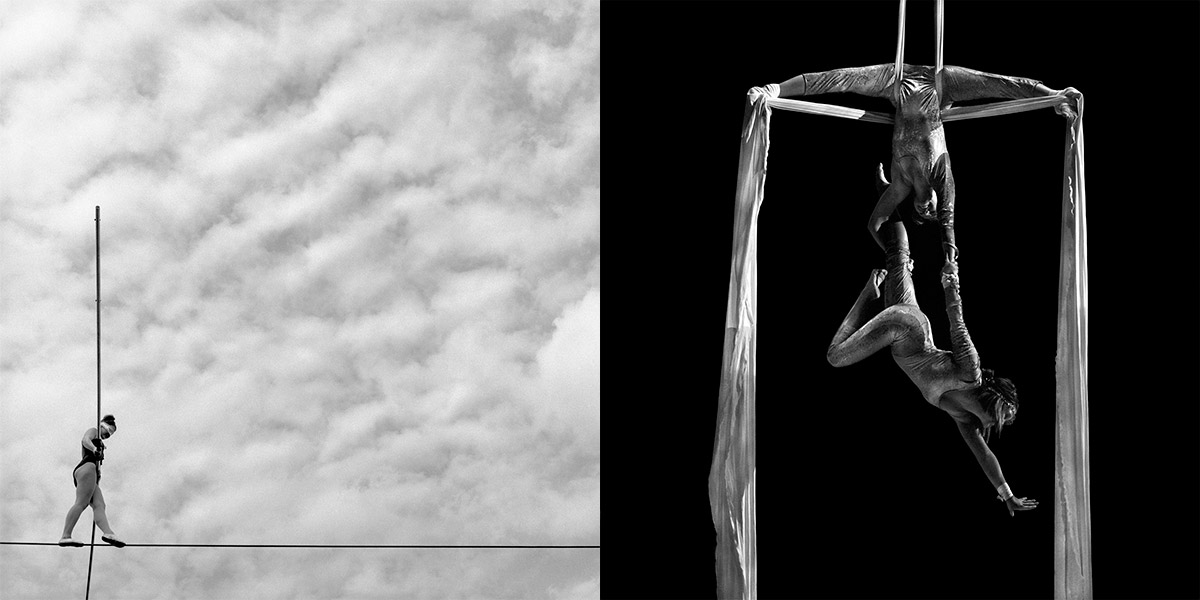
Summertime in most American cities evokes visions of ice cream trucks, swimming pools, and summer camps. But in one small Indiana town, summertime is the season of the circus.
Peru, Ind., known as the Circus Capital of the World, has been home to the Peru Amateur Circus since 1960. Each summer, for eight days in July, 200 young people put on a show that transforms the town of about 11,000 residents into a spectacular festival, culminating with the Circus Heritage Parade.
Tina Leto, a photographer who visited the circus first as a child and revisited the scene periodically, says she remembers wondering, “why is this circus here?”
She set out in 2008 to find answers, discovering that the love of circus ran in the city’s blood. Ben Wallace first brought his circus to the town in the late 1800s. He was followed by scores of traveling shows that established winter headquarters just southeast of Peru. The city was once so ubiquitous with the performances that, in the 1920s, Peru became known on maps as the “Circus City.” But by the 1940s the circuit no longer wintered in Peru, favoring, instead, Florida.
In an attempt to revive its heritage, the city launched Circus City Days in the 1950s. By 1959, high school students were trained to perform a few acts that were so popular that the following year a circus tent was rented for the inaugural Peru Amateur Circus. Leto says the value of the circus transcends the staged acts, serving as a community center. “It’s this community that kind of grows up together.”
No child is turned away from participating, as long as they are age seven to 21. “They’re not looking for just the talented who can shine—of course that is there,” Leto says, “but everybody is allowed in.” Some children come from generations of circus performers, carrying on a familial dynasty, at least at the community level. In one photograph, Tarrin Cooper walks a high wire during the occasional roadshow. She is the great granddaughter of famed lion tamer Clyde Beatty, who went from cleaning cages to owning his own show.
The circus is a vestige “from the halcyon days of the traveling circuses,” Leto says, noting a contrast between the jubilance of circus week and the local economic troubles. “It’s not vibrant. It’s suffering.”
While the summer liturgy is a spirited homage to the town’s past, it is fleeting. The borrowed exotic animals depart following a parade cameo; the ad hoc performers retreat to childhood; and the residents return to the struggling Midwestern town that is the subject of the Facebook page ‘Save Peru,’ dedicated to “promoting local businesses, history, events and the over all love for the town itself.”
But, the magic of the the summer spectacle will, it seems, tenaciously preserve the city’s proud title as the Circus Capital of the World—even potentially taking their talent to the nation’s capital, where the circus has been invited by the Smithsonian Institution in Washington, D.C. to perform at the National Mall next summer.
Tina Leto is a documentary photographer based in Chicago.
Chelsea Matiash is TIME’s Deputy Multimedia Editor. Follow her on Instagram and Twitter @cmatiash.


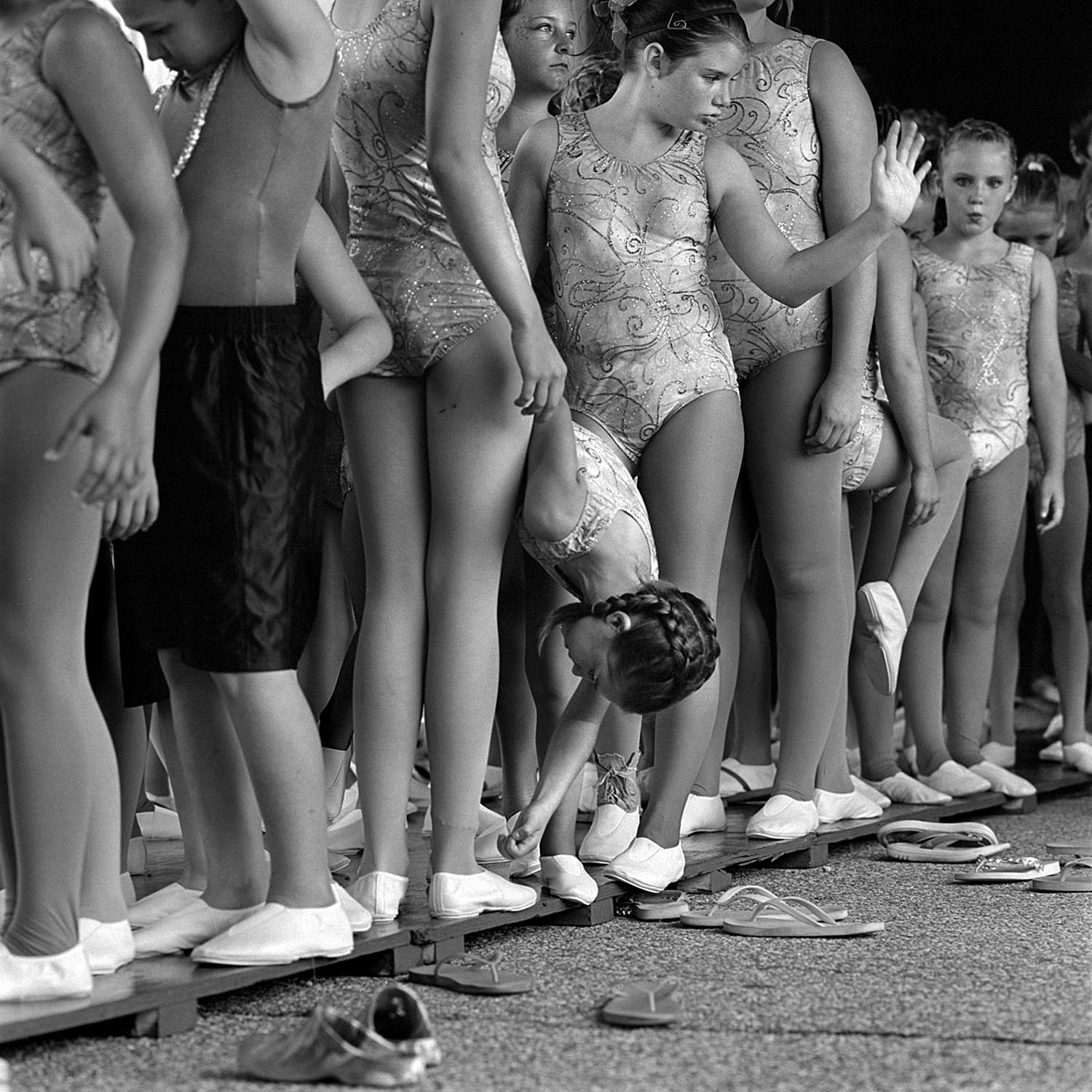
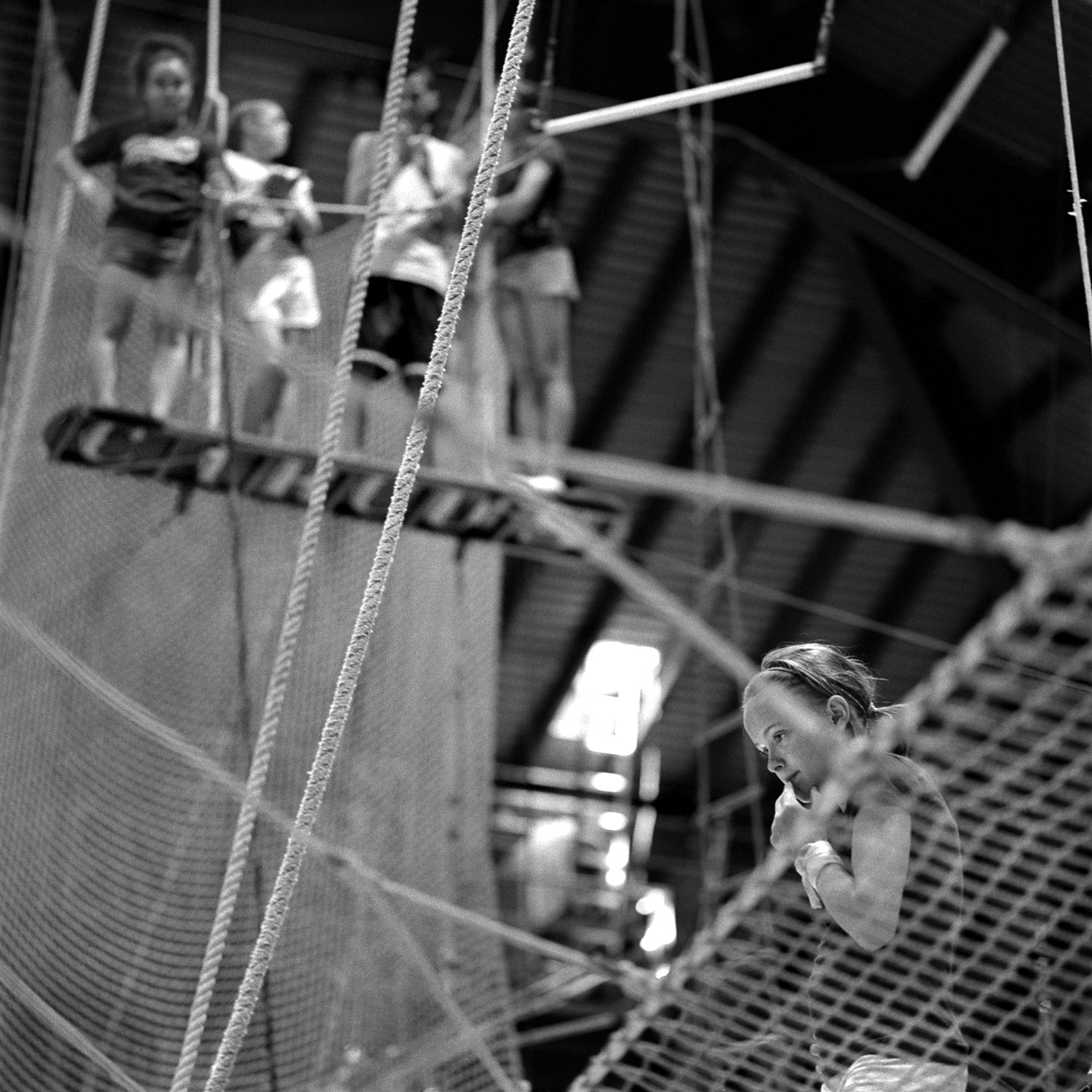

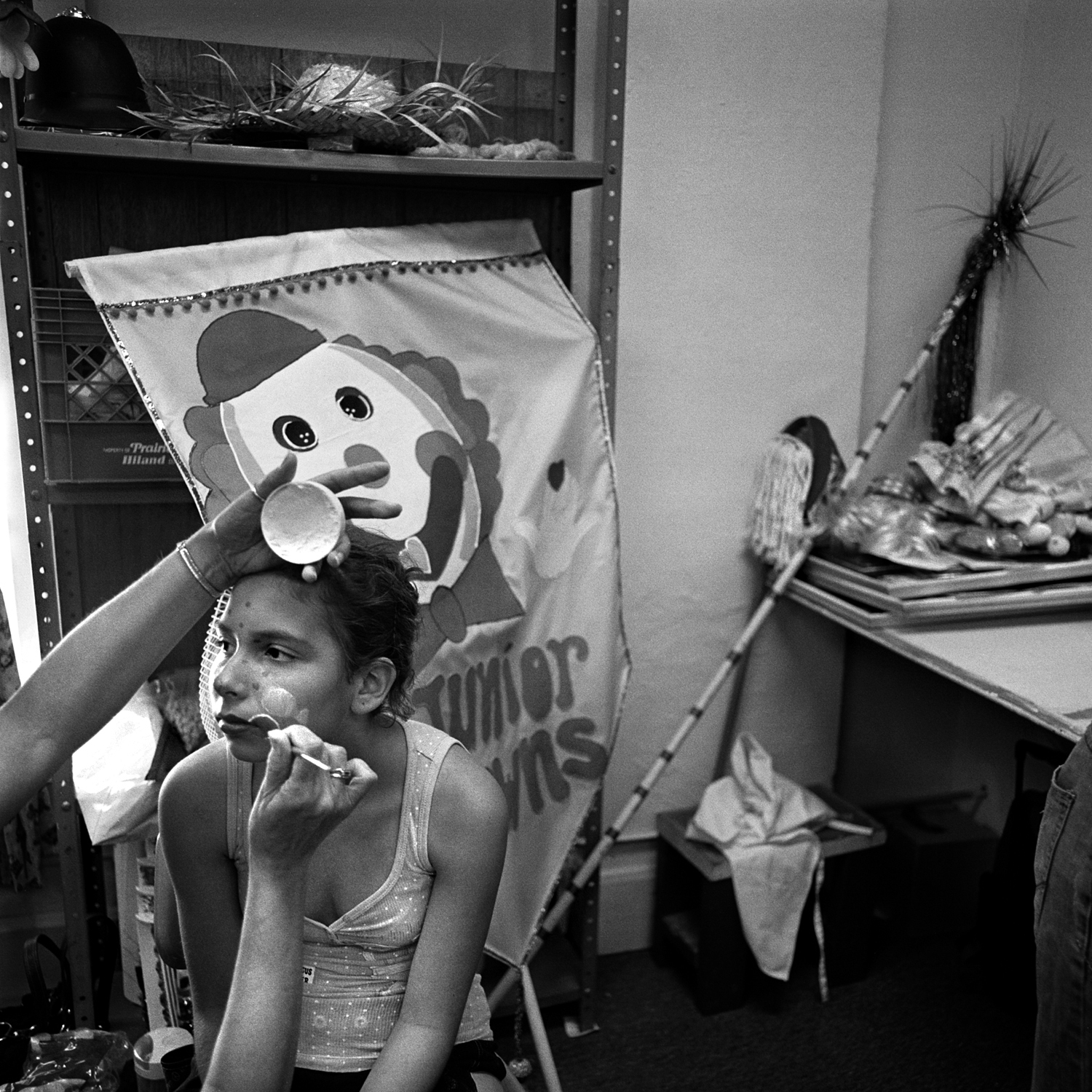
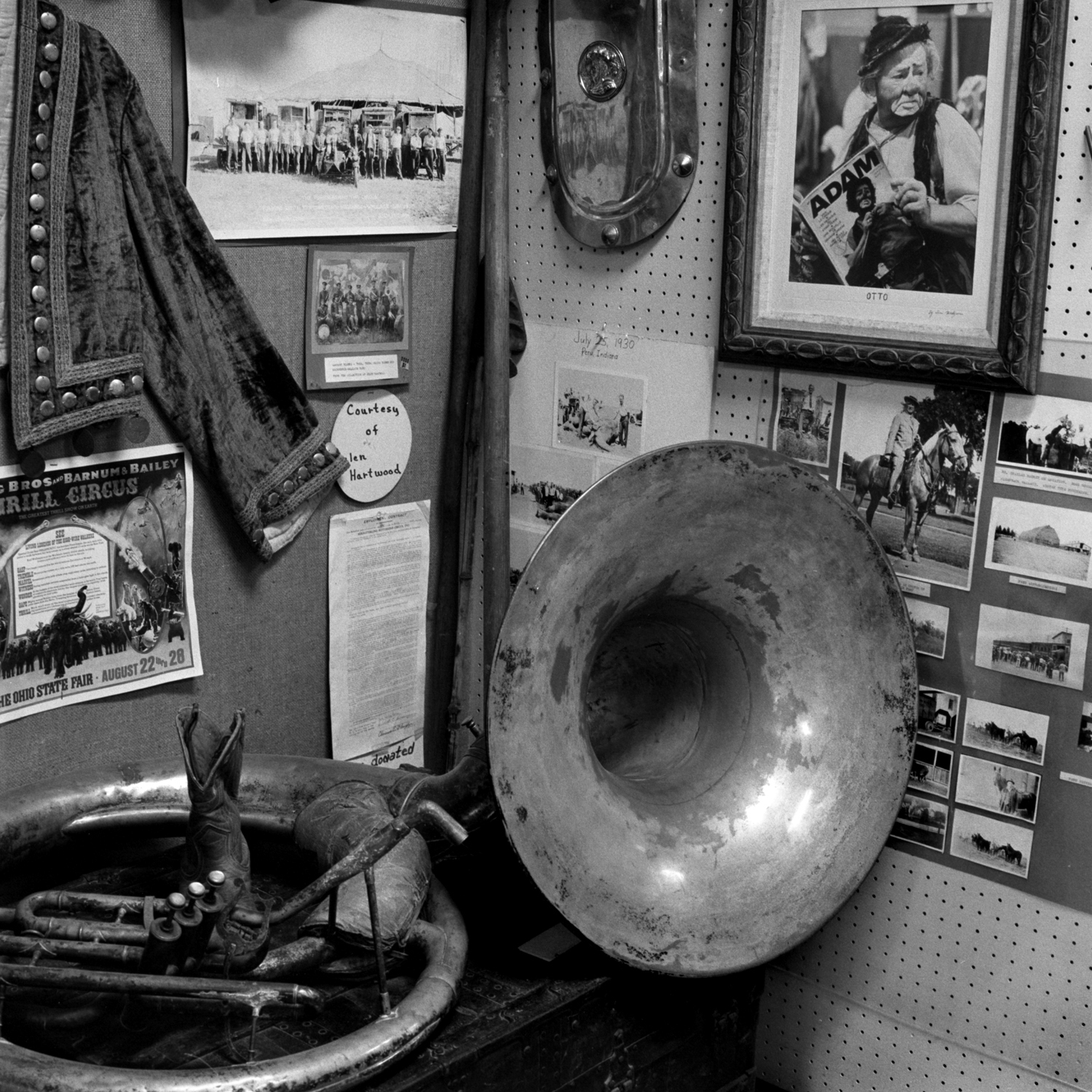
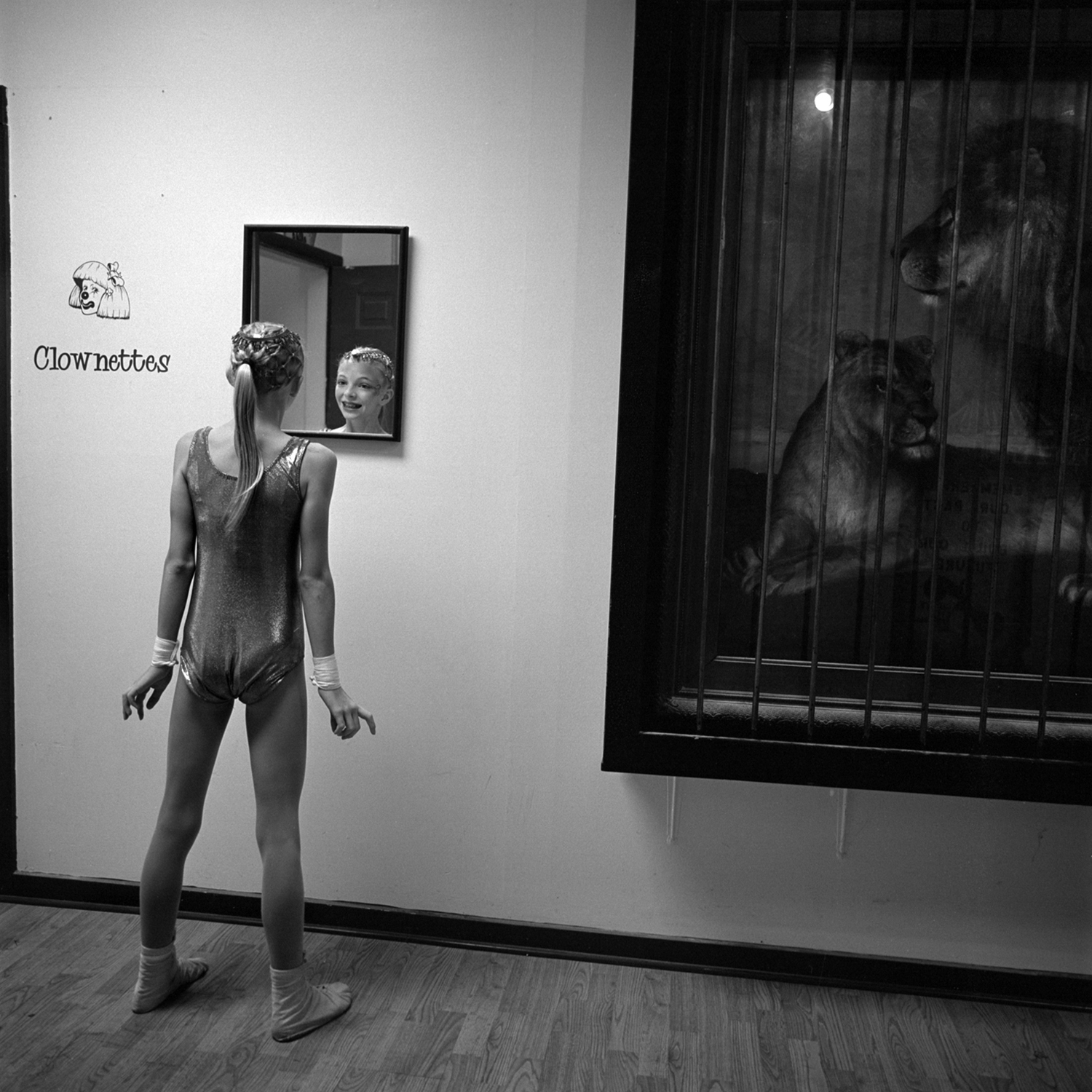
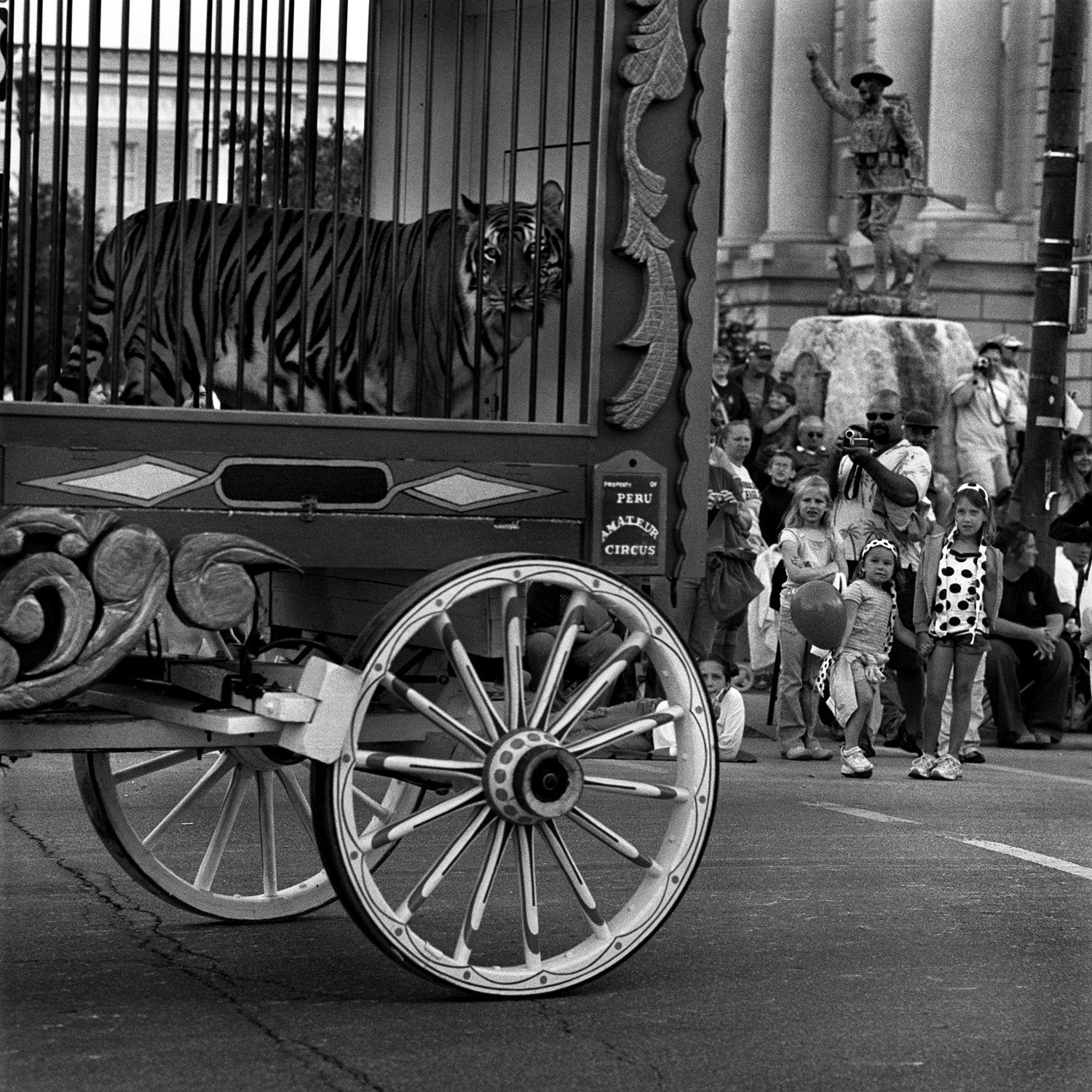


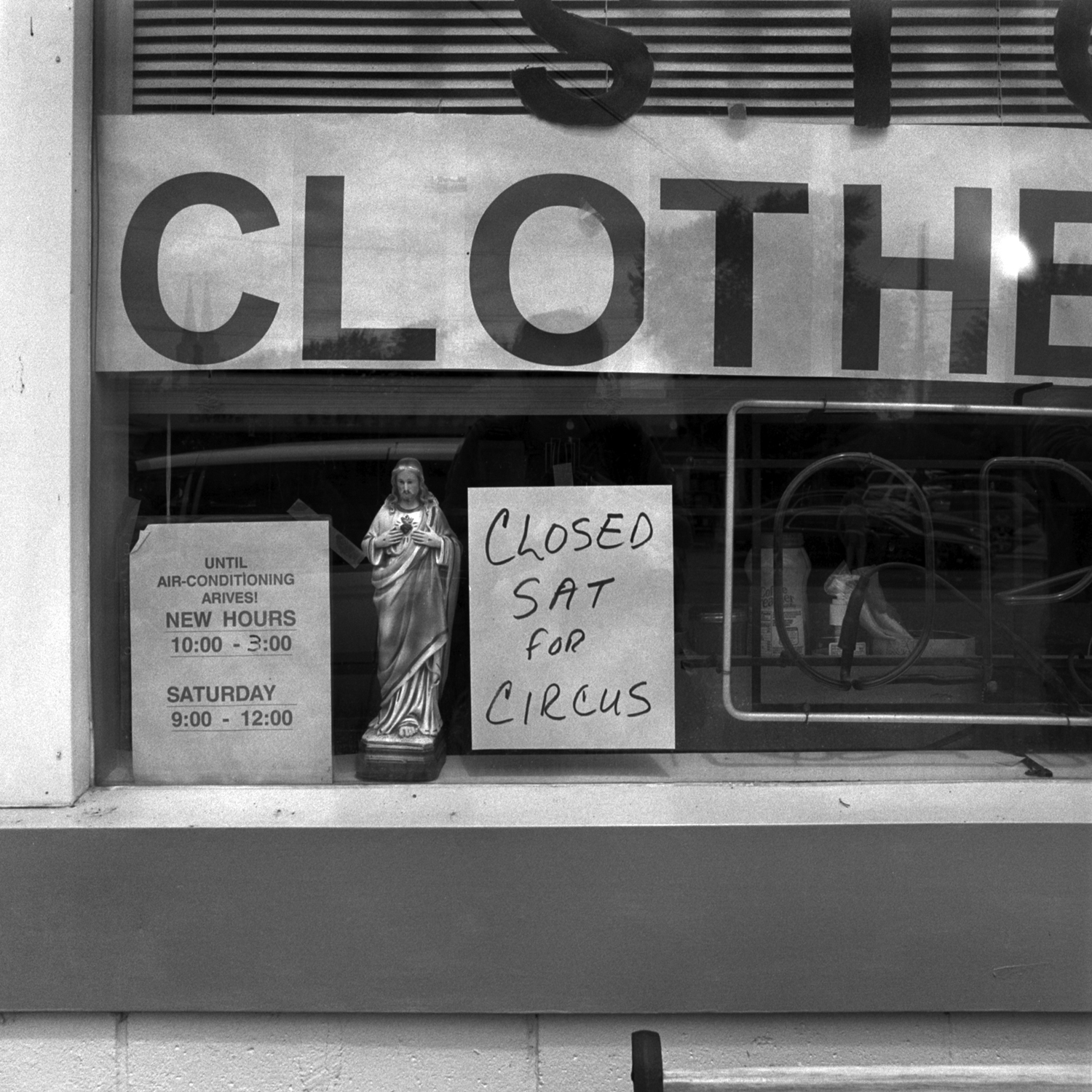

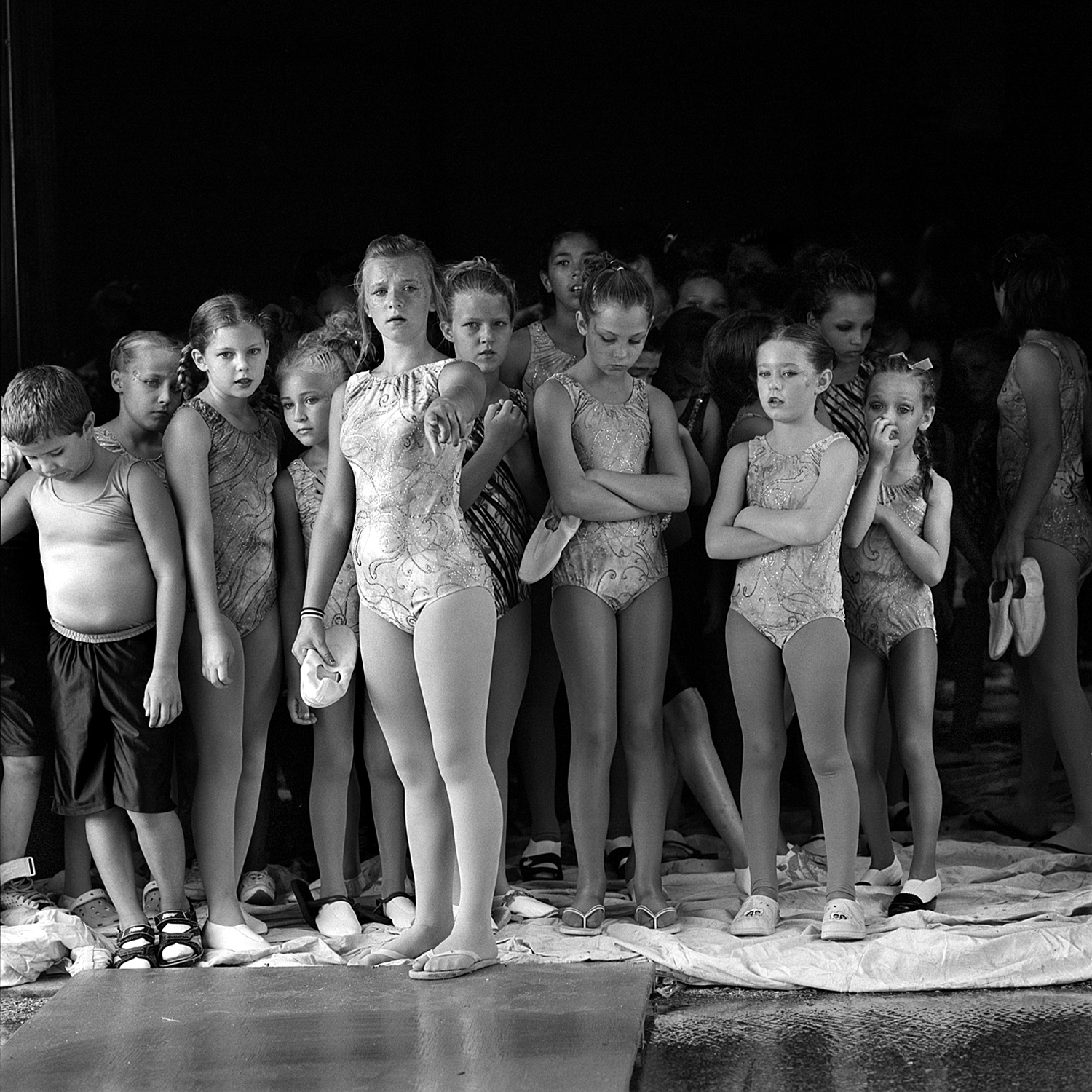

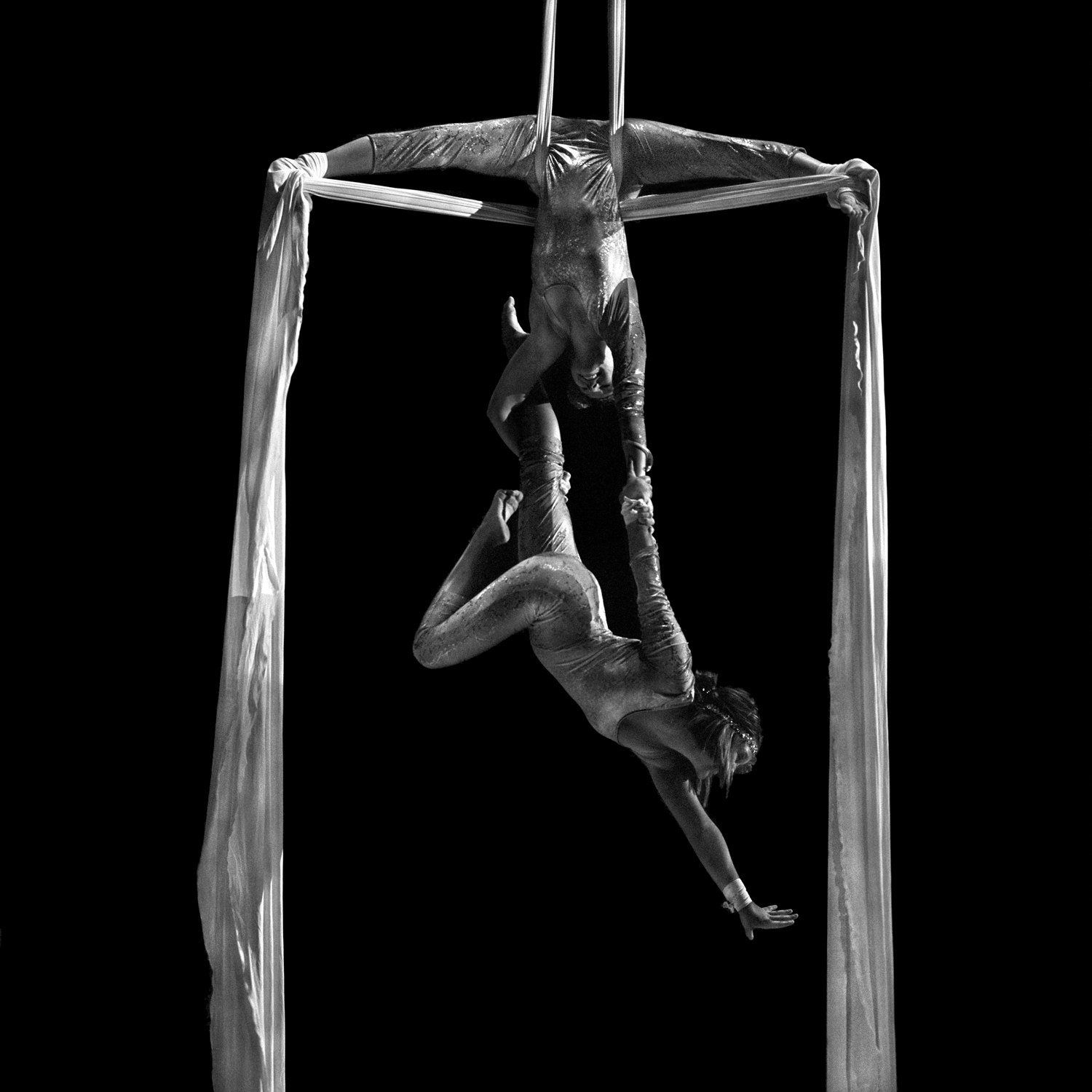

More Must-Reads from TIME
- Cybersecurity Experts Are Sounding the Alarm on DOGE
- Meet the 2025 Women of the Year
- The Harsh Truth About Disability Inclusion
- Why Do More Young Adults Have Cancer?
- Colman Domingo Leads With Radical Love
- How to Get Better at Doing Things Alone
- Michelle Zauner Stares Down the Darkness
Contact us at letters@time.com